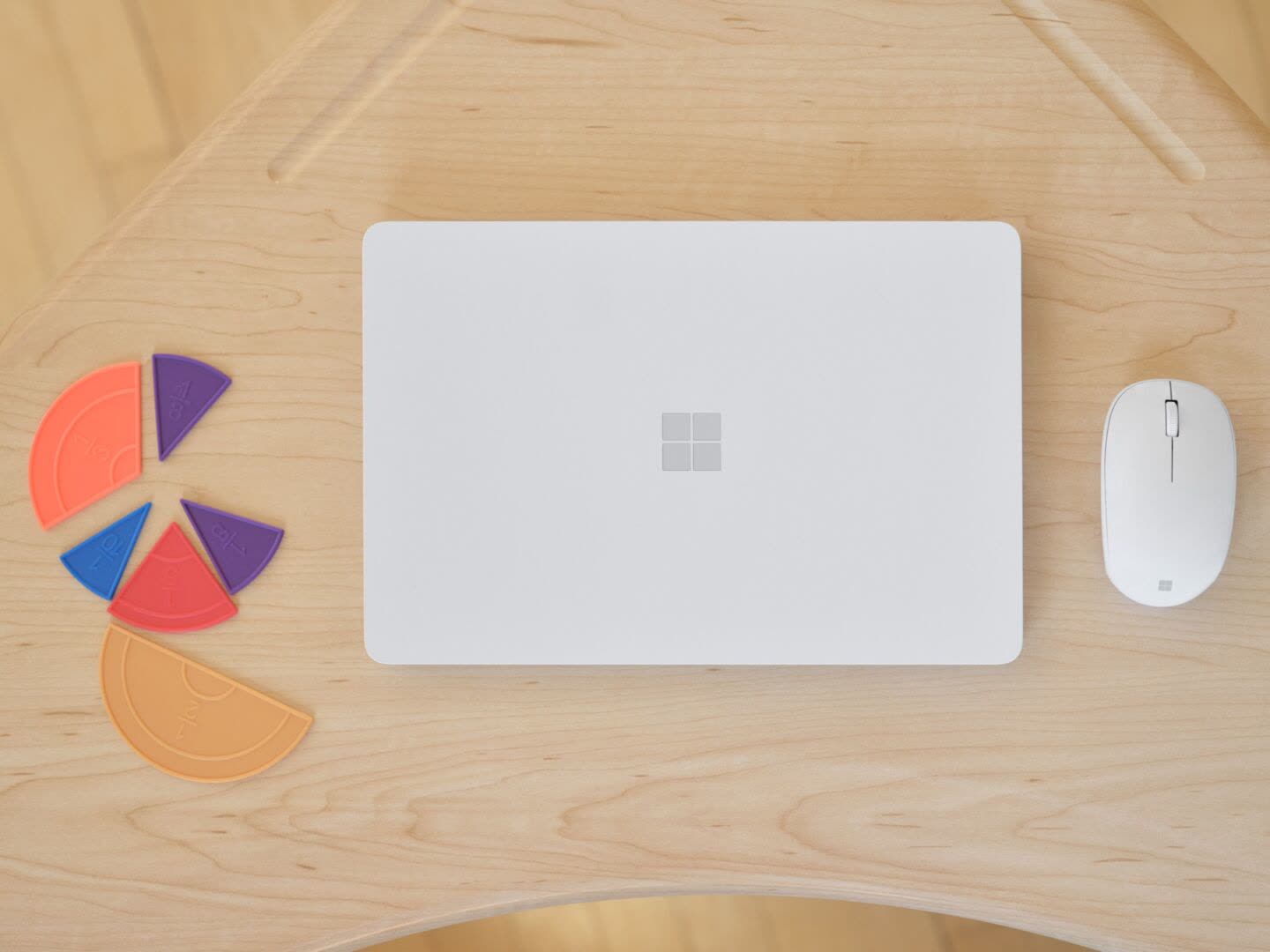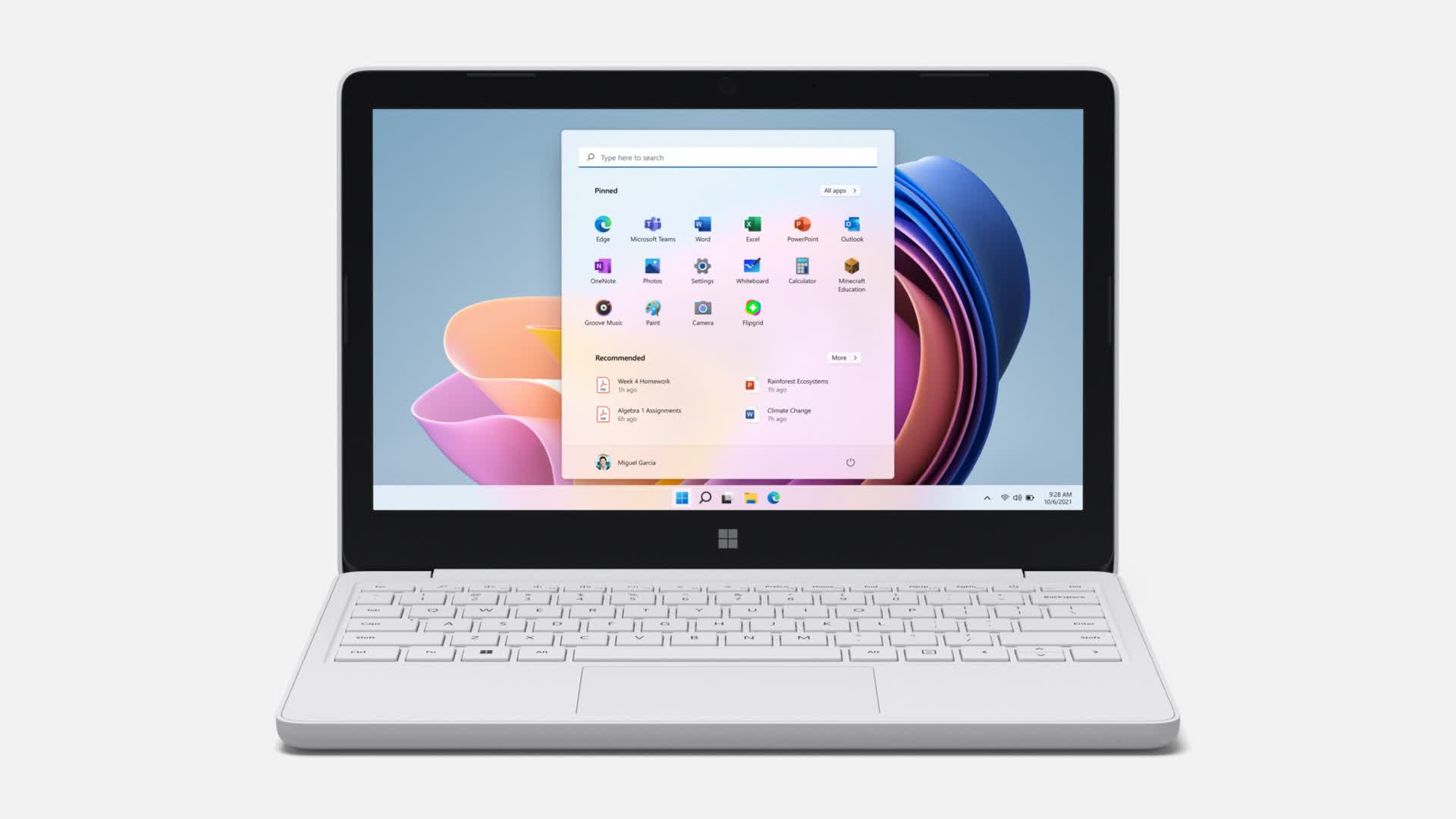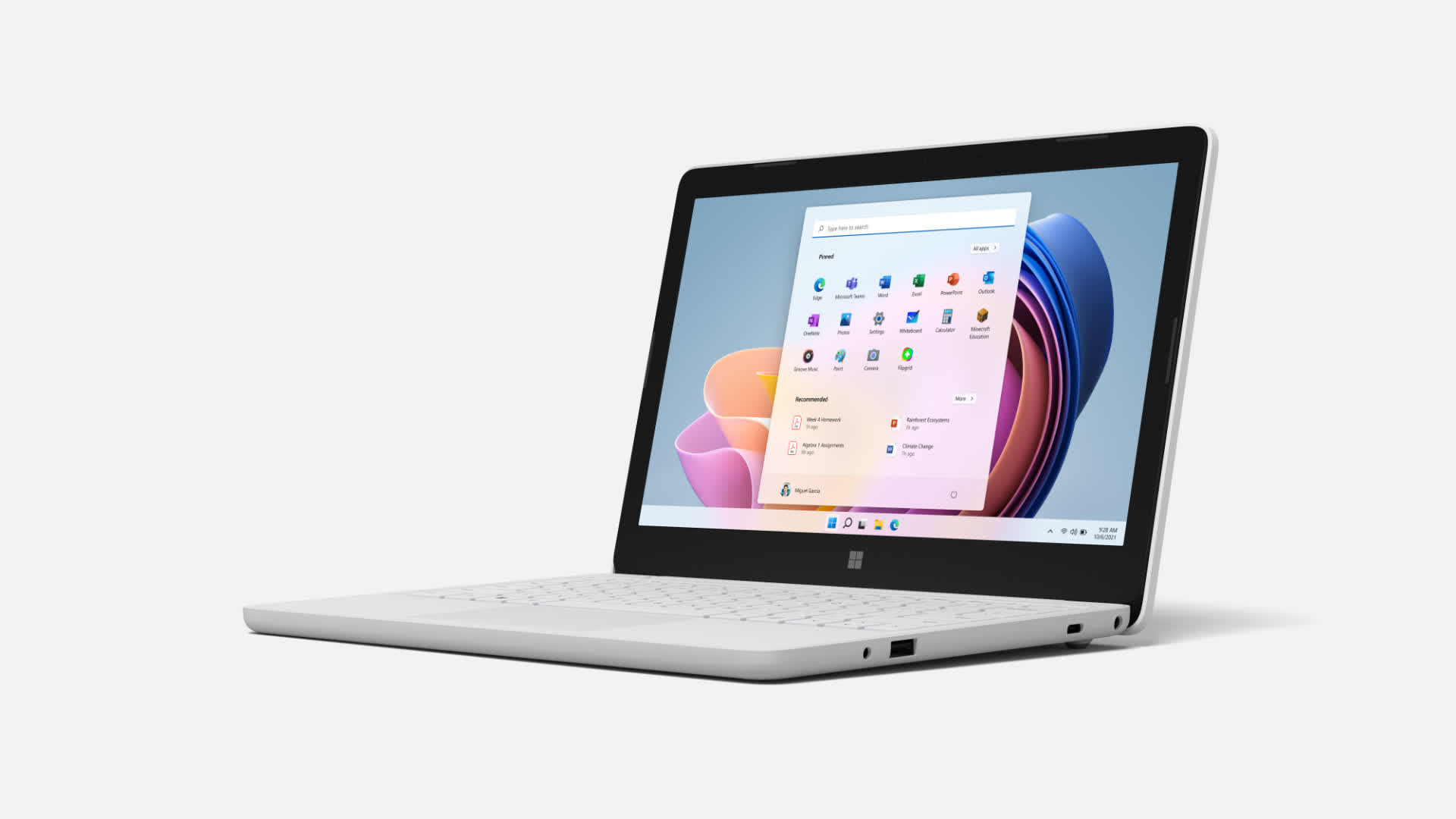Recap: Windows 10 S was Microsoft’s most recent attempt at swaying teachers and students away from Google Chromebooks. While the stripped-down OS variant was met with lukewarm reception due to an overly restrictive user experience and a lackluster app store, Microsoft is now trying again with a special edition of Windows 11 that’s meant to be more open to third-party apps and will ship without the Microsoft Store.

Microsoft is looking to challenge Google in the K-8 classroom with a special, education-focused version of Windows 11, which it hopes will become popular with schools and students. This time around, the company is also launching accompanying hardware, namely the Surface Laptop SE.
Other OEMs like Lenovo and Acer have also listed their SE models, but it’s the $249 Surface Laptop that realizes Microsoft’s vision for Windows 11 and education in terms of software and hardware. As expected, the device packs the bare minimum of specs, which include an Intel Celeron chip (dual-core or quad-core), 4GB/8GB RAM, 64GB/128GB eMMC storage and an 11.6-inch display with a 1,366 x 768 resolution.

Connectivity is enabled by Wi-Fi 802.11ac, Bluetooth 5.0, a 3.5mm jack, 1 x USB-A and USB-C cable, alongside a proprietary power connector. There’s also a 720p webcam and stereo speakers to help with online learning, while Microsoft’s 365 suite with Word, OneDrive and other productivity apps should test the aforementioned hardware to its limits.
During normal use, the laptop is expected to last for up to 16 hours on a single charge. Microsoft also highlighted the Surface’s high-quality typing experience at a budget price, performance enhancements for resource optimization, and hardware repairability. Major components like display, battery, motherboard, and keyboard can be easily repaired onsite, according to the company.

Interestingly, Windows 11 SE ditches the Microsoft Store and will support third-party apps, including Chrome and Zoom. The OS will allow these apps to open in full-screen mode and comes with a simplified Snap Layout that only allows apps to be placed side by side. There’s also a colorful new wallpaper for students to notice.
Microsoft says that Windows 11 SE will only be shipped on low-cost laptops meant for school and student use. The company expects more OEM models with varying specs and price points to become available throughout this year and into 2022 as the education buying season approaches. Considering the declining demand for entry-level laptops, it'll be interesting to see how (and if) Microsoft's push with Windows 11 SE and low-cost hardware can affect the trend.